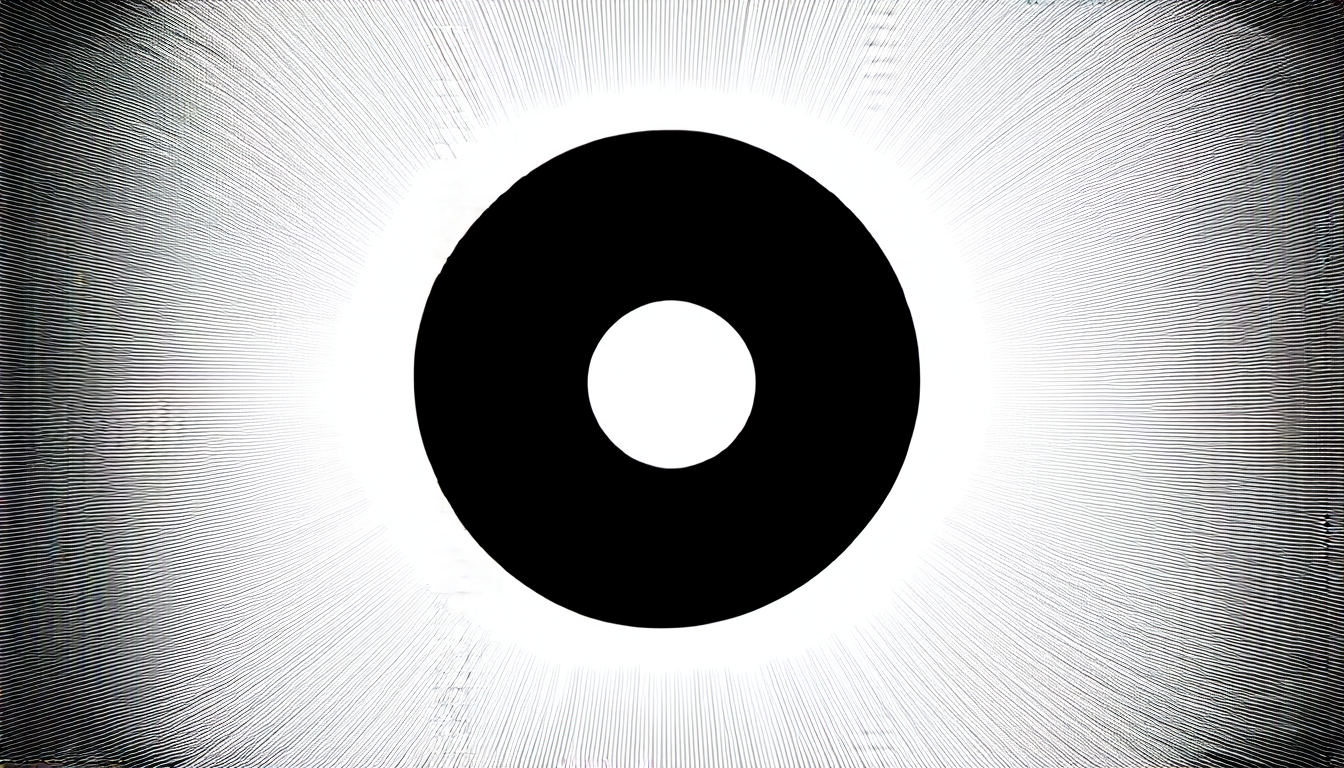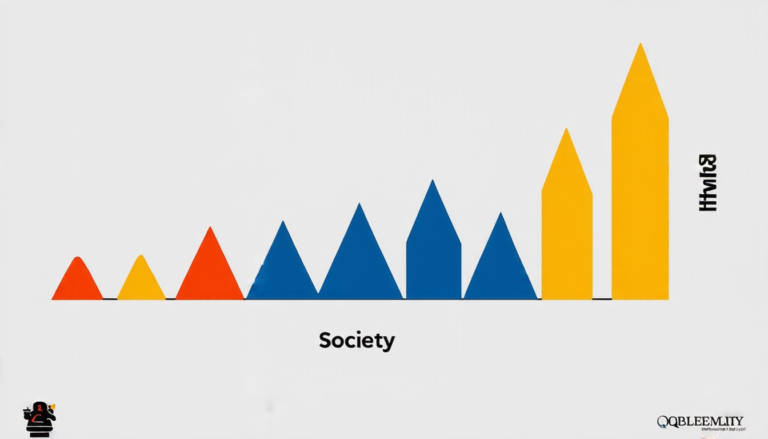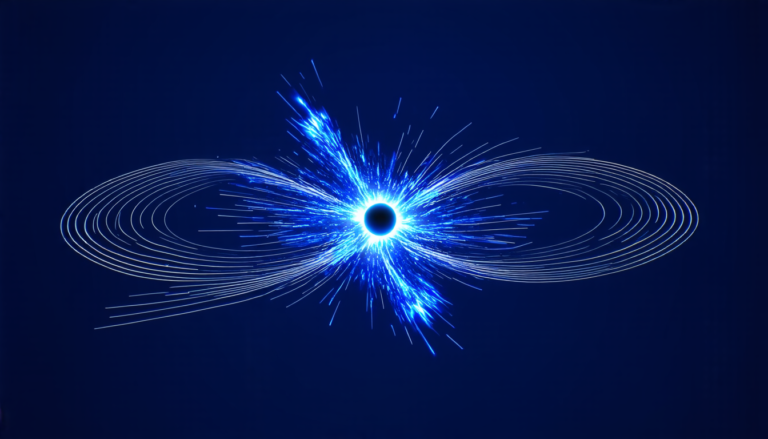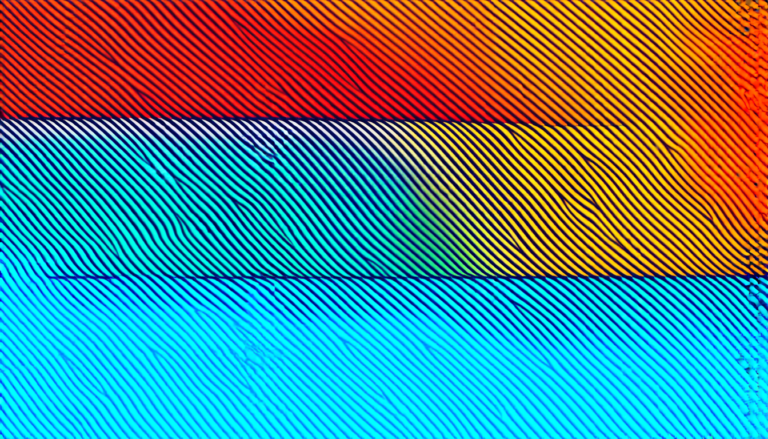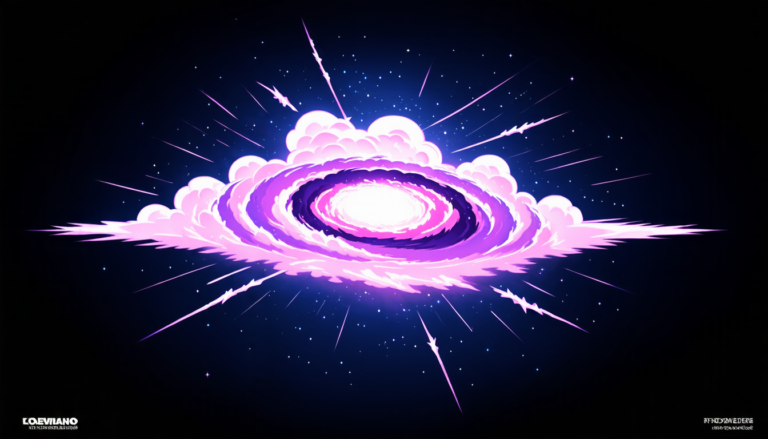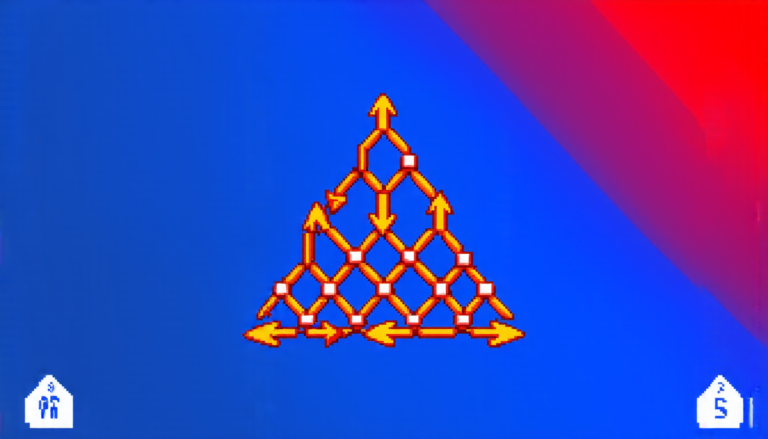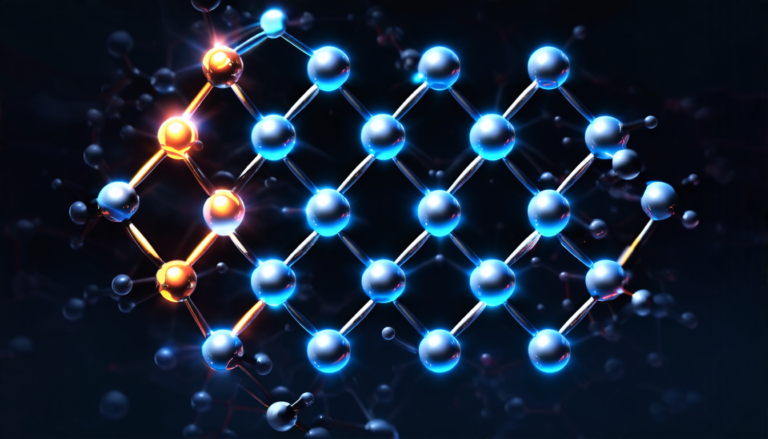Tuesday 22 April 2025
As we continue to explore the mysteries of the universe, scientists are getting closer to unlocking the secrets of gravitational waves. These ripples in spacetime were first detected in 2015 by the Laser Interferometer Gravitational-Wave Observatory (LIGO), and since then, our understanding of these cosmic events has been rapidly expanding.
Gravitational waves are produced when massive objects, such as black holes or neutron stars, collide or merge. These collisions release an enormous amount of energy, which is then radiated out into the universe in the form of gravitational waves. By detecting these waves, scientists can learn more about the properties of these objects and the processes that shape our cosmos.
One of the key challenges in studying gravitational waves is separating them from background noise. This noise can come from a variety of sources, including the movement of spacecraft and the vibrations of buildings on Earth. To overcome this challenge, scientists have developed sophisticated algorithms that can filter out the noise and isolate the signal.
In recent years, new detectors have been built to detect gravitational waves with even greater precision. The Laser Interferometer Space Antenna (LISA) is one such detector, and it has the potential to revolutionize our understanding of the universe. LISA will be able to detect gravitational waves from sources that are much farther away than those detected by LIGO, giving us a glimpse into the early history of the cosmos.
But what exactly can we learn from gravitational waves? By studying these cosmic events, scientists hope to gain insights into some of the most fundamental questions about the universe. For example, they want to know more about how black holes form and evolve over time. They also want to understand how neutron stars are born and die, and how they interact with their surroundings.
As our understanding of gravitational waves continues to grow, we may uncover secrets that were previously hidden from us. We may learn more about the nature of spacetime itself, or discover new types of celestial objects that defy our current understanding of the universe.
The study of gravitational waves is a rapidly evolving field, and scientists are working tirelessly to push its boundaries even further. With the help of advanced detectors like LISA, we can expect to make significant breakthroughs in the years to come. And as we continue to explore the mysteries of the universe, we may find ourselves on the cusp of a new era in our understanding of the cosmos.
Cite this article: “Unveiling the Secrets of Gravitational Waves: A New Era in Space-Based Detection”, The Science Archive, 2025.
Gravitational Waves, Ligo, Space-Time, Black Holes, Neutron Stars, Collisions, Energy, Noise, Algorithms, Lisa

